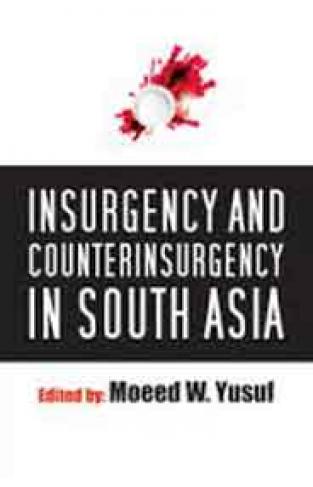Using the ‘conflict curve’ theory of conflict evolution, ten experts native to South Asia consider the trajectories of four of the most salient armed insurgencies in a region that has experienced many such sustained conflicts and the counterinsurgent response to each. Case studies on India, Pakistan, Nepal and Sri Lanka lend important lessons on the dynamics of each conflict while collectively offering insights into how and why insurgencies occur and transform as well as how they can be prevented or resolved.
Through a peacebuilding lens, the contributors ask what incentives led resentful groups to resort to armed insurgency and once insurgency was under way, how it was managed. While many studies of insurgency and counterinsurgency emphasize military tactics and terrorism responses, this volume hones in on policy-relevant conclusions pertinent to the peacebuilding field. Detailed maps created especially for this volume illustrate the conflict regions. Emphasizing nonviolent means to prevent or mitigate conflict, the book highlights the opportunities and constraints in applying peacebuilding approaches across the conflict curve, identifying recommendations for the disputing parties as well as for peacebuilders.












